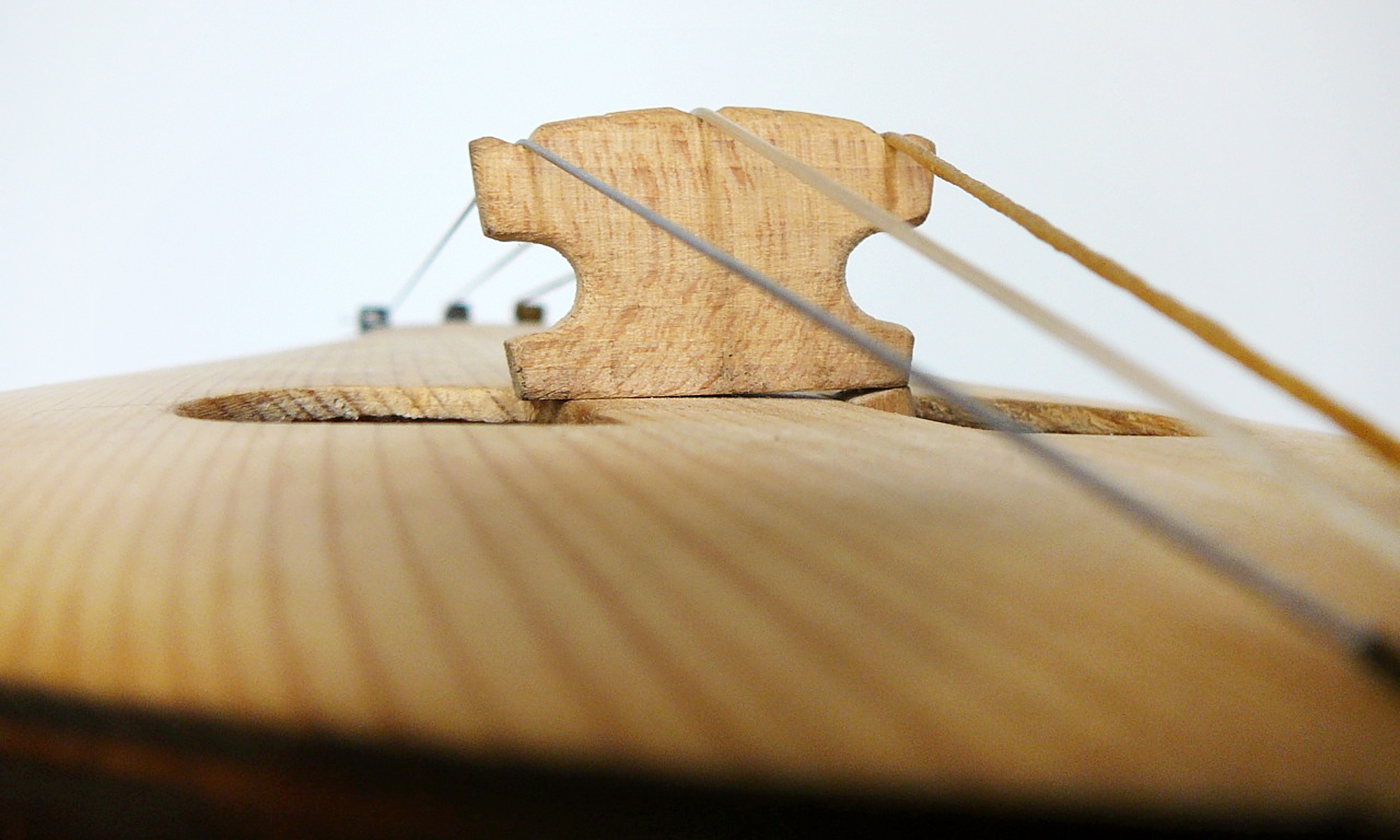Moments before Garth Knox was about to play a work of his own creation titled «Misfortune strikes me,» it did. A string on his viola d’amore snapped, prompting the Irish-born musician to reorder the program and perform one of his other pieces on modern viola.
The mishap didn’t matter in the least. Knox, appearing Sunday at Plymouth Church in Shaker Heights with cellist Lauren Radnofsky as part of the Cleveland Museum of Art’s Viva! & Gala Around Town series, proved charming, nimble and masterful throughout his program. The night was novel from top to bottom, starting with the viola d’amore, a Baroque instrument with 14 strings, seven of which the performer doesn’t touch. The hidden strings resonate in sympathy with the played strings, creating a magical harmonic and acoustical aura.
Knox introduced the viola d’amore in a solo work, Tobias Hume’s Pavane (1605), during which he strolled into the center aisle to send the instrument’s luminous sound into the sanctuary’s crystal-clear acoustical space. With Radnofsky supplying subtle harmonic support, he ventured through Attilio Ariosti’s Prima Lezione (1720) with fleet and sensitive panache.
The broken viola d’amore string provided Knox with an early opportunity to perform the program’s most intriguing work, his «Viola Spaces» for viola and cello. Each of the three movements is an exploration of inventive viola techniques: «Nine fingers» requires no bow; «One finger» is a woozy journey of sliding figures; «Up, down, sideways, round» takes the bow in all of these directions, while also giving the wooden part of the bow chances to chime in.
Knox followed up with another original movement, «Ghosts,» played mostly on the fingerboard, with the bow also brushing against the instrument’s wooden surfaces (even the bottom) as if a sonic phantom were hovering.
More sounds in the stratosphere arrived in Salvatore Sciarrino’s «Notturni brillanti» for solo viola. The quick flights on or near the instrument’s bridge produce a series of eerie, frenetic effects that lose their allure soon after they appear.
Back on repaired viola d’amore, Knox finally introduced his «Malor me bat» («Misfortune strikes me»), which fuses a 15th-century tune – possibly by Johannes Ockeghem – with the 21st-century composer’s own zesty dances and mournful musings. Trills, ethereal sounds and wild outbursts keep viola d’amore and cello vibrantly engaged.
Knox and Radnofsky also let their respective locks down in a rousing Irish tune, «Black is the Color of My True Love’s Hair,» which was prelude to the night’s most acrobatic encounter, Marin Marais’ «Les Folies d’Espagne.» This collection of variations becomes increasingly barmy and virtuosic, a fact Knox acknowledged with the kind of extravagant flourishes Paganini might have appreciated.
DONALD ROSENBERG
THE PLAIN DEALE
source : Cleveland Museum
